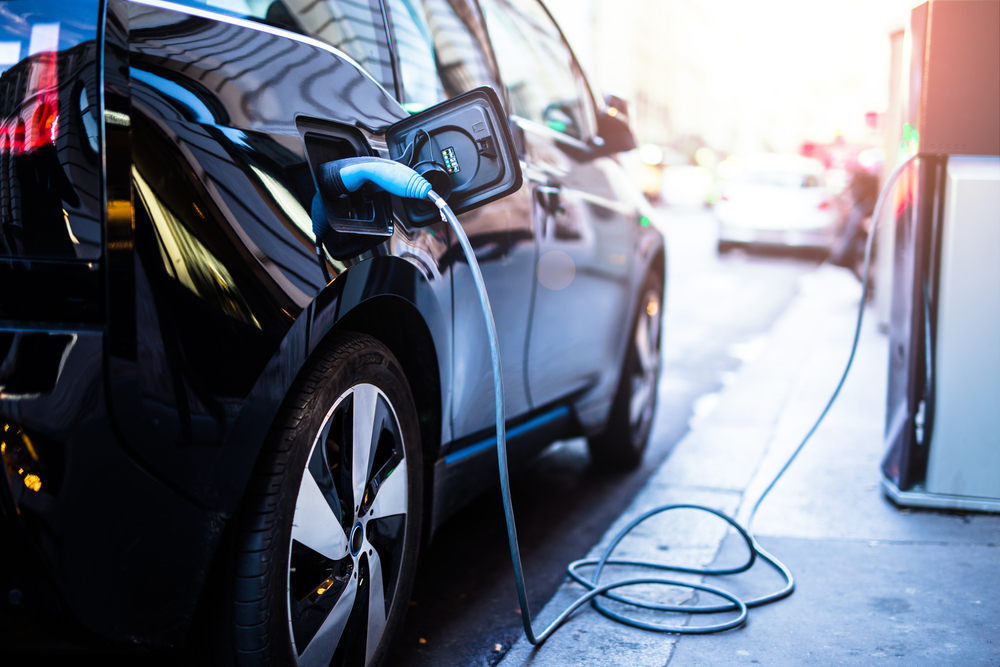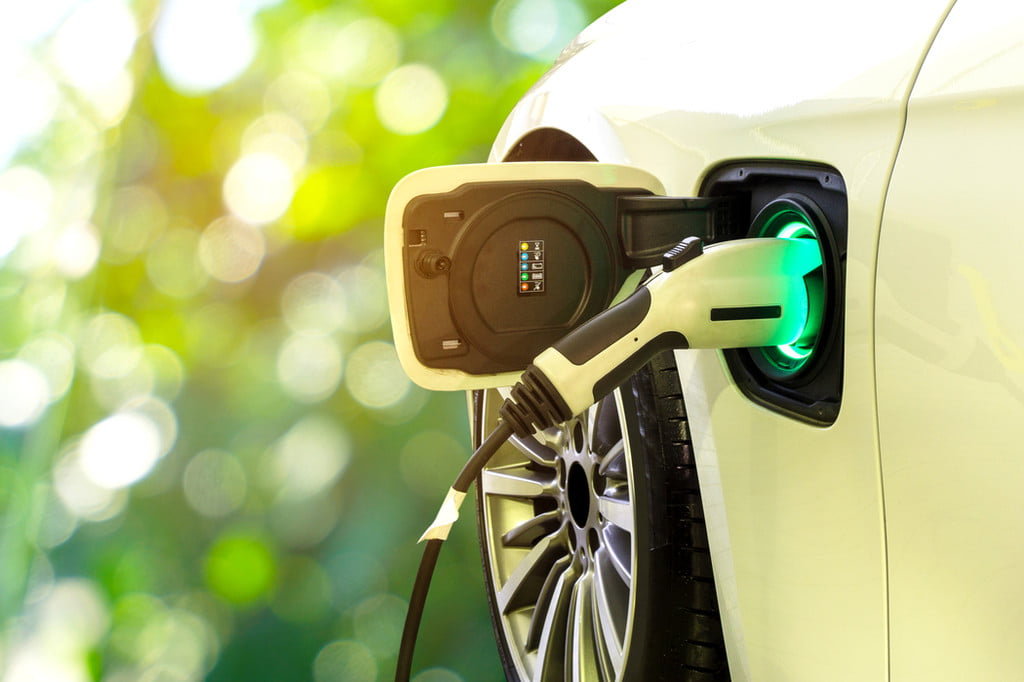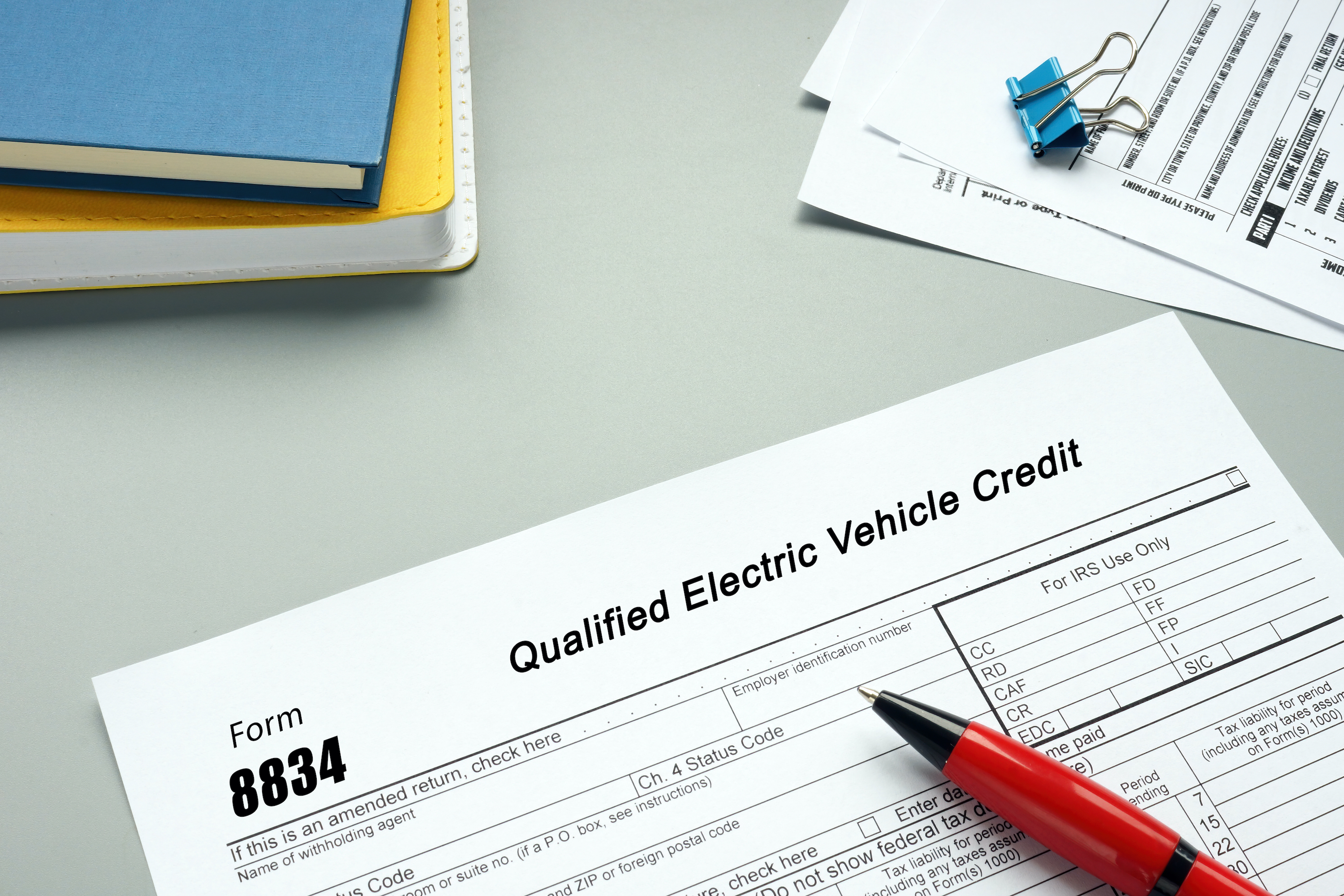A 2020 Consumer Reports survey asserts that while upfront costs for electric vehicles are generally more than their internal combustion engine (ICE) peers, over the life of an auto, the affordability of electric cars will mean thousands less spent on gas, maintenance, and upkeep.
The study took into account current data on the cost of electric cars, EV estimated depreciation rates, and maintenance and repair costs along with average new car prices to hypothesize how much money popular EVs might save consumers over similar ICE rides. Two years on, these numbers need revising. New regulations on the federal EV tax credit, states adopting new EV standards and incentives, and almost every major car company adopting EVs in a major way means that electric vehicles are possibly even less expensive than ICE cars today.
This is usually where the discussion between EV and ICE expenses end — comparing the costs of a new car, gas, maintenance, and repair. There are many more savings to find under the hood. Did you know, for example, that not only is there a federal tax credit for purchasing an EV, but there is also a credit for installing a home charger? How about the times of day that it’s best to charge your EV? If the answer is no, you’re going to want to read on to find out the less common ways to save money with an EV.

Is it financially worth buying an electric car?
Even though EV owners aren’t going to pay up at the pump, they are going to have to pony up for the juice that powers their vehicles. Gasoline and electricity are each commodities, and, as such, their prices tend to vary quite a bit. With that variation accounted for, a 2020 study by alternative energy tech firm Joule tallied $3,000 to $10,500 in savings using electric over gas over 15 years of ownership. There are very few people who wouldn’t benefit from that kind of cash. With gas prices over $5 a gallon in many locales, there are even fewer people who would not benefit from going gas-free.

Time-of-use rates can cut those electric energy bills down
Time-of-use rates are a new standard for utilities to combat what Choose Energy describes as static energy demand due to improvement in energy tech, better battery storage, and civic incentives for using less power. In order to continue to drive revenue, utilities are turning to time-of-use rates. As the name implies, electricity costs rise during peak consumption times (such as evenings).
This also allows grid operators to ease excess operation cost when there’s more strain on the system. With a little research into states that use TOU rates, savvy EV owners can plan to plug-in at those times when electricity rates are at their lowest (such as at night).

Federal tax credit for EV chargers
The Inflation Reduction Act’s Alternative Fuel Refueling Property tax credit tacks 10 years onto an EV charger installation tax incentive, making it good through December 31, 2032. The tax credit under the Inflation Reduction Act allows 30% of hardware and installation costs to be written off — up to $1,000.
Beginning in 2023, the tax credit will apply to businesses as well as homes and to other EV chargers like two-way (bi-directional) nozzles.
State EV tax credits and rebates to take advantage of
It’s not true for every state in the union yet, but at least 40 U.S. states and the District of Columbia offer a credit and/or a rebate on hybrid or fully electric cars. Many of the most populous urban centers are offering credit and cost savings on the purchase of a new EV. This list includes California, Colorado, Florida, New Jersey, and New York. As you can see in Colorado, where there’s almost $10,000 in tax credits available for heavy-duty electric trucks (per Electrek), governments put a premium on reducing large transport vehicles that eat up gas.

Maintenance and repair cost savings
Anybody who’s ever owned an ICE car knows that maintenance and repair costs add up quickly with oil changes, tune-ups to change old spark plugs, tire rotations, exhaust work, and so on. EVs, of course, don’t require oil changes or an exhaust system. Lacking combustion requires fewer moving parts to operate cars, which in turn means electric
Data extracted from the 2020 Consumer Reports reliability surveys shows that both hybrid and full-electric cars save owners a whopping 50% on repair and maintenance costs averaged over a vehicle’s typical lifetime. On top of that, as EV ownership grows, fewer fossil fuels are burned (although the lithium used for EV batteries is still a major environmental consideration).
There’s potential for people and society to save on health costs
According to Energy.gov, direct emissions from ICE vehicles discharge from the exhaust system, seep from evaporation in the fuel system, and release when filling up. These direct emissions include smog-forming pollutants and other airborne toxins harmful to human health. Greenhouse gases, primarily in the form of carbon dioxide, contribute significantly to climate change. Ridding the atmosphere of these contaminations via EVs “specifically helps improve air quality in urban areas.” Ridding the road of gas-powered cars will not only improve our health as individuals but could also reduce the amount of healthcare spending as a society.

Boston Consulting Group estimates that pure combustion cars will fall to less than half of global new car sales by 2030. EVs are now beyond the realm of Silicon Valley billionaires driving Nissan Leafs, granolas behind the wheel of Priuses, and Tesla bros flexing their worth. EVs are mainstream.
Most consumers only consider new car costs versus gas savings, though. They ignore outstanding factors because they don’t know them. Now that you’ve got an edge, though, you can go on and spread the gospel about all the great things about EVs and how they can help us and the planet.



